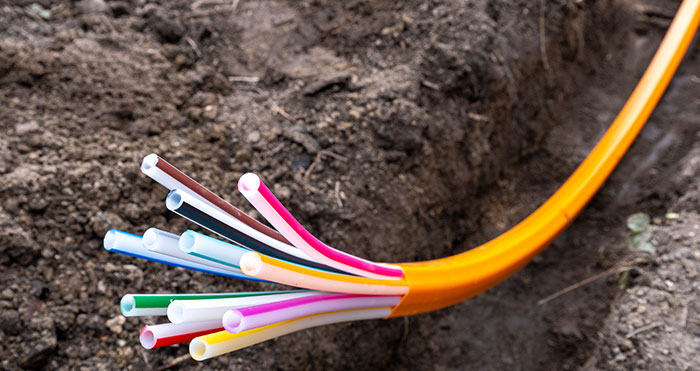Plasticulture
Plasticulture applications are one of the most useful indirect agricultural inputs which, hold the promise to transform India’s farming and irrigation techniques. Plasticulture applications are one of the most useful indirect agricultural inputs which, hold the promise to transform Indian agriculture and bring in the "Second Green Revolution".
What is Plasticulture?
Plasticulture represents use of applications of plastics in Agriculture, Horticulture, Water management & related areas. A variety of plastics materials and end products are deployed in Plasticulture applications - for water conservation, irrigation efficiency, crop and environment protection, as well as end product storage and transportation.
Why Plasticulture?
The growing use of plastics in different segments of economy has been very useful. The use of plastics especially in agriculture has helped farmers increase crop production, improve food quality as also in more efficient usage of water resources. Similar has been their contribution to other key sectors namely: Automotive, Construction, Electronics, Healthcare, Textiles, Packaging, and FMCG, etc.
Advantages
- Higher strength/weight ratio
- Superior thermal insulation properties
- Excellent corrosion resistance
- Superior flexibility
- Resistance to most of the chemicals
- Excellent moisture barrier properties
- Favourable gas permeability
- Smooth surface – resulting in reduction in friction losses
- Excellent light transmissibility
- Helps to enhance shelf-life of the produces
- Better visibility of the produce
Applications
- Water Management – Precision Farming, Lining of canals, ponds & reservoirs with plastics film, Drip & sprinkler irrigation system, Water conveyance using PVC & HDPE pipes & Sub-surface drainage
- Nursery Management – Nursery bags, Pots, Pro-trays, Root trainers, Coco peats, Hanging baskets, Plastic trays, etc.
- Surface Cover Cultivation – Soil Solarisation, Plastics Mulching
- Controlled Environment Agriculture – Greenhouses/Shade net houses/Plastic tunnels/Plant protection nets
- Innovative Packaging Solutions - Plastic crates, bins, boxes, leno bags, unit packaging nets, protection nets etc., CAP covers - controlled atmospheric packaging (CAP) & modified atmospheric packaging (MAP)
- Organic Farming - HDPE vermin bed
Information Courtesy: NCPAH, FICCI Knowledge Paper on New Horizons for Indian Plastics Processing Industry
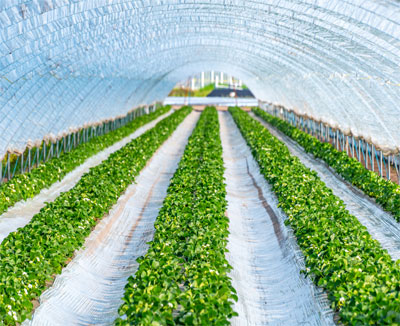
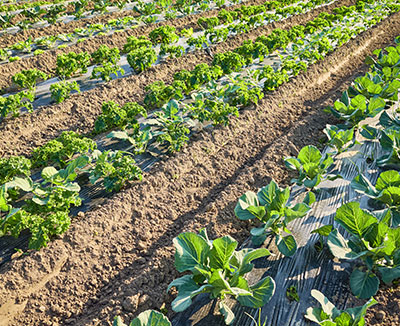
Infrastructure/Construction
Contributing to the development of rural & urban infrastructure - Enhancing Safety, Convenience & Durability!
Infrastructure is one of the key focus areas of growth. Plastics pipes & profiles play a major role in the fields of Housing, Industrial & Public Infrastructure, Sanitation, Water Reticulation, Irrigation, Desalination & Effluent Treatment, Micro-ducts (Fibre optics) & conduits.

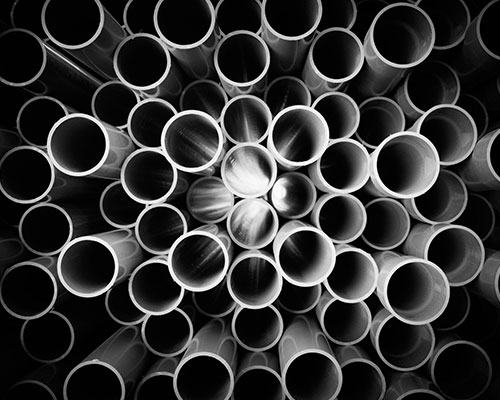
Packaging
Flexible packaging offers solutions for diverse applications in various user sectors including staples and food products, beverages, pharmaceuticals, personal care & household products, cigarettes & tobacco products, and a wide range of industrial applications.
In India, flexible packaging (laminated pouches with or without spouts) is used for interesting unit or travel pack applications such as ketchup, snack foods, toothpaste, shampoo, fairness creams, and so on. Milk and dairy products, convenience foods, and snack foods are the major applications for flexible packaging in the food sector.
Pharmaceuticals and personal care are main categories in the non-food sector. Better packaging economics, improved product features, developments in high-barrier films, multi-colour printing, and high-speed filling lines for reels and pouches are some of the factors that have aided flexible packaging in gaining a significant share of the consumer packaging market.
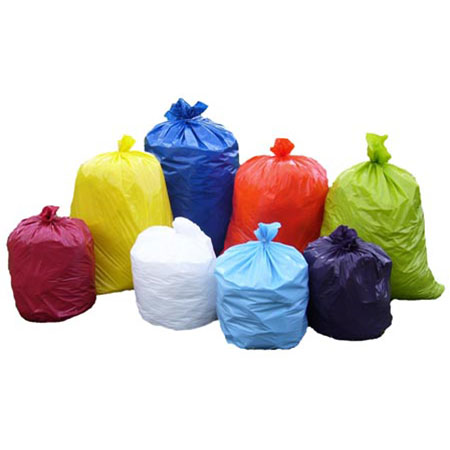
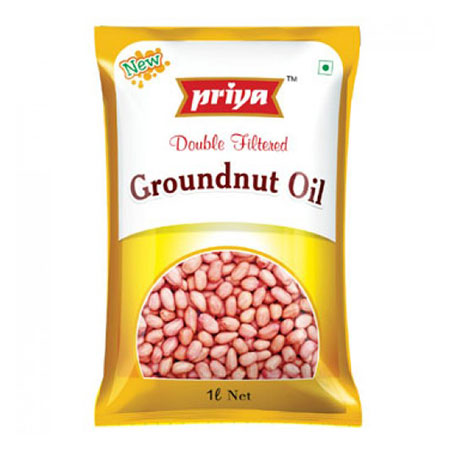
Telecom
For telecommunications, cables can be installed in water, in air, or underground. The ducts in which the fibre optic cables are installed are usually made of polyethylene. They have a size ranging from typically 25mm to 100mm. Sometimes they are installed as subducts in larger ducts.
Today the microduct cabling technology is used more and more, all over the world. The fibre counts have grown up to 96 per cable and can be installed in microducts of only 8 mm inner diameter. Bundles of microducts can be jetted over 1500m or more. Microduct cables can even be jetted over 3.5km in one single shot.
KET manufactures high speed telecom micro-duct lines and high performance bundled sheathing lines to produce micro-duct for 3G & 4G data communication.
